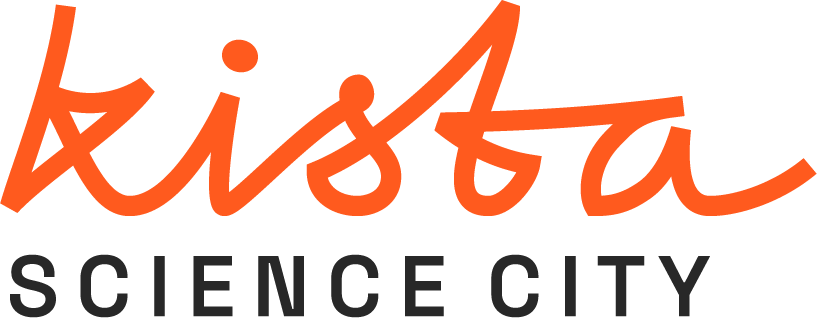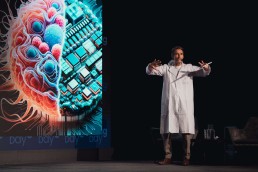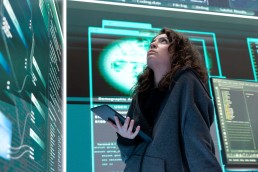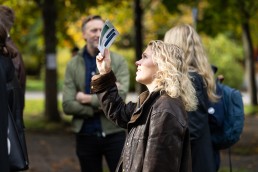Sweden has a strong tradition of research. This is reflected in the quality of its universities and institutes, and it underpins the country’s reputation for innovation. Yet many ideas still stall in the early stages, left on the shelf before they can be developed into companies. The reasons are rarely about scientific quality; they are about what comes next.
Traditional models — from licensing agreements to longer incubator tracks — play an important role, but they don’t always reach researchers at the point where ideas are just beginning to take shape. Turning research into resilient businesses requires access to infrastructure, early business development and connections to industry. Without those building blocks, promising results risk getting stuck before they reach the market.
That is where new approaches are needed: formats that combine technical insight with business perspective and give early teams the confidence and networks to move forward. One example of such a format is Test Drive, a programme developed and run by our sister organization Sting. During spring 2026 Sting will launch a Test Drive track within Semiconductor Arena, a national initiative to strengthen Sweden’s semiconductor ecosystem.
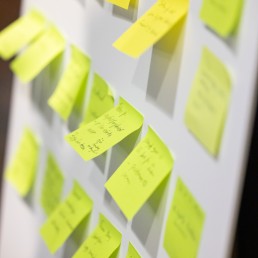
A first look at entrepreneurship
Test Drive is a short, workshop-based programme that lets researchers and innovators explore what it would mean to take an idea further. Over four to five sessions, teams bring their own ideas — often two or three people working together — and examine them through a startup lens: could they attract funding, what role would each person need to take, and what would it mean in practice to move forward? The programme ends with a pitch event, giving participants direct feedback from investors.
“We want to give researchers and innovators a picture of what this journey could look like,” says Raoul Stubbe, business coach at Sting. “What does it mean for me personally? What steps would I need to take for this to happen? That’s often what flips a switch — when participants start to think, ‘maybe this really could become something.’ We want people to leave with the feeling that they want their ideas to come out and make a difference in the world.”
Lessons from Test Drive
For many participants, the biggest gain is seeing their work from a completely different angle — one that stands in contrast to the priorities of an academic career. Raoul explains:
“In academia, publication and tenure often come first. Building a company isn’t something you can do on the side. It requires full focus and a different way of thinking. The programme doesn’t make the decision for them, but it shows what’s required — and often gives people the confidence to decide whether to take the leap.”
The outcomes reflect that. Around half of those who complete Test Drive go on to start a company — a high rate compared to other formats. Others choose not to, but highlight the investor feedback, exposure and new perspective as valuable in themselves. “Even if the company doesn’t become what you first imagined, the experience opens up opportunities and a new way of looking at what’s possible. That’s one of the biggest wins,” Raoul says.
Valentin Dubois is CEO and co-founder of Dappler Labs, a startup developing quality-control technology for semiconductor manufacturing. He took part in a Test Drive programme in 2023 and recalls:
“What Test Drive really taught us was how important it is to package an invention into something that can be sold. For academics, that’s not obvious at all. They pushed us to think in terms of a minimum viable product, and also how to pitch a highly technical idea in a way people outside our niche could understand.”
Bridging research and business
Test Drive doesn’t only affect individual decisions. It also reshapes how researchers relate to investors, and vice versa. Many enter the programme with fixed views: researchers seeing investors as focused only on sales, and investors doubting whether researchers can actually lead companies. In Test Drive, those assumptions are tested. By working side by side, participants begin to see the value in each other’s expertise. “It’s about creating respect for the strengths each side brings,” Raoul explains.
The shift can also extend to how researchers view themselves. Raoul points to a particular type of academic who could play a bigger role in bridging this gap — what he calls the entrepreneurial scientist:
“These are individuals who match the rigour of traditional science with the curiosity and drive needed to build companies. Test Drive helps them recognise that identity in themselves — quite often for the first time. The programme shows that entrepreneurial ambition is not at odds with academic credibility, but a way to amplify the impact of their work.”
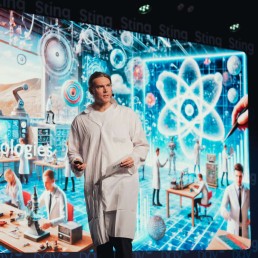
Moving forward
Test Drive is not a substitute for incubators, accelerators or licensing pathways. But it fills a crucial gap at the beginning of the journey, giving teams a structured first step that many existing models don’t provide. And it can be adapted. “These formats are portable,” Raoul Stubbe notes. “They can be tailored to new domains by adding the right pieces — access to infrastructure, industry mentors, a clear end goal. The principle is the same: help early teams see the path and take the first step.”
That adaptability has already been shown in dedicated tracks on health, energy and AI. The next step is deep tech and semiconductors. Within Semiconductor Arena, Sting will run a Test Drive track to help early-stage teams test and refine their ideas, and move them closer to implementation. With long development cycles and high capital needs, this is a field where early clarity is especially important for emerging teams.
Formats like Test Drive highlight a larger need in Sweden’s innovation system. The challenge is not producing strong research, but making sure it translates into companies and industries. Without that translation, the risk is not only missed growth, but dependency. As Raoul puts it: “This need is not new, but it is more urgent than ever today. Sweden measures up well against the US and China in research, but our weakness in transferring knowledge leaves us dependent on American and Chinese technology.”
Test Drive is one example of how that gap can be addressed. For Sweden, the task now is to make sure more such models take root — so that world-class ideas translate into the businesses, capabilities and resilience the country needs.
—
Semiconductor Arena is co-funded by the European Union and Region Stockholm, and is run by Kista Science City, KTH, RISE and Sting.
Related Articles
October 29, 2025
Integrating drones into city life: Stockholm takes next step
The boundaries of conflict are shifting. Today, national security isn’t just…
